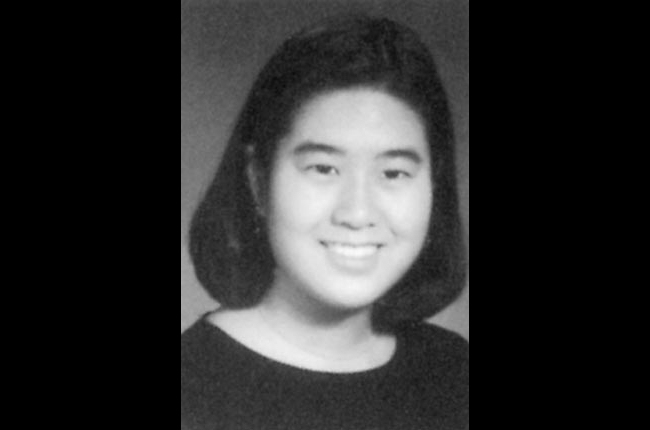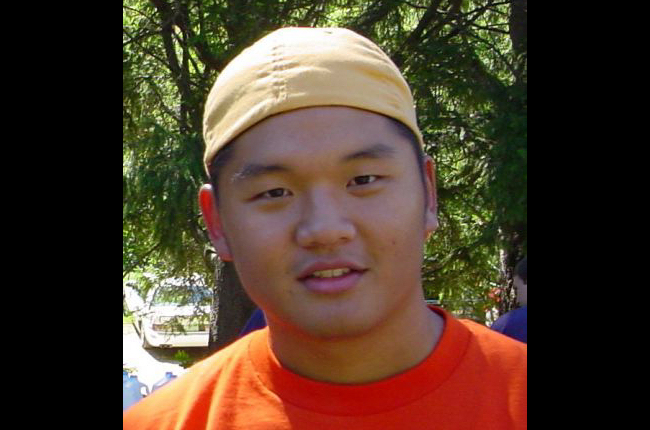
Regular readers of this blog will know that mental health, depression and suicide within the Asian American community is a topic I write frequently about. My interest in this issue originates from my activism at Cornell University, where a task force I helped urge the administration to put together ultimately found that 13 out of 21 on-campus suicides (or 61%) between 1996-2006 involved Asian American students. Consistent with trends observed in the population at-large, college-aged students are most at-risk for death by suicide within the Asian American community.
Cornell has a reputation as a school where the student suicide rate is unusually high, but it also has the reputation as a school where depression, anxiety and self-harm are a public health priority. Since the publication of that original report on Cornell’s Asian American suicide deaths, the administration put together the Asian & Asian American Center as one of several resources geared specifically to address our vulnerable community.
Sadly, at most elite universities, mental health resources languish and suicide rate is intolerably high. MIT is another school that has a reputation for a significant student suicide rate. In the 2014-2015 school year alone, six students have died by suicide, and a professor has also died from self-inflicted injuries.

Between 1964-2000, a study found that 47 students died by suicide on the MIT campus, which translates to a rate of 14.6 deaths per 100,000 students — roughly twice the national average (7.5 per 100,000) for college-aged students. Among undergraduates, that rate was even higher: a shocking 21.2 deaths by suicide per 100,000 students.
This finding is important because that same study also found that a mere 14% of universities keep comprehensive records of student suicides; fewer still provide in-depth demographic analysis of reported deaths (Cornell University, by the way, is a notable exception to this rule). Armed with the understanding that at Cornell, Asian American students were disproportionately overrepresented among student deaths by suicide, this afternoon I combed through the archives of the MIT Tech, the school’s on-campus newspaper, to generate a more contemporary analysis of student deaths by suicide on the MIT campus.
My findings were alarming: 19 of the last student deaths by suicide on the MIT campus occurred in the last 15 years. 8 of them — or 42% — involved Asian American students.
| Table: MIT’s Asian American Students, Death By Suicide | |
| Date of Death | Name |
| 9/23/2014 | Phoebe Wang, ’16 |
| 10/25/2012 | Heng ‘Nikita’ Guo, graduate |
| 10/24/2012 | Satto Tonegawa, ’14 |
| 6/2/2009 | Han Duy Nguyen, graduate |
| 2/28/2005 | Zhenxiu Mao, graduate |
| 5/7/2004 | Bhuwan Singh, graduate |
| 12/5/2003 | Daniel S. Mun, ’05 |
| 4/14/2000 | Elizabeth Shin, ’02 (cause of death controversial) |
Compare this figure to the whole racial demographics of the MIT campus: 16% of MIT students are Asian American (24% of undergraduates, 11% of graduate students). This means that Asian Americans are over-represented by a factor of more than 2.5 among the school’s suicides.
We can take this a step further and calculate a suicide rate for all MIT students against Asian American students, and compare this to the national average for college-aged people (7.5 per 100,000). Since 2000, the total suicide rate on the MIT campus was 11.2 deaths per 100,000 students. Since 2000, MIT’s suicide rate was 29.1 per 100,000 Asian American students. This is not only nearly four times the overall national average and three times the average for the school, but also more than twice the national average for college-aged Asian Americans (12.4 per 100,000) alone.
These data also do not include three additional on-campus deaths at MIT by suicide, all involving Asian American post-doctoral research fellows — Jaemin Rhee (died 4/28/2003), Shin-Kyu Yang (died 7/10/2005), and Pushpinder Singh (died 2/28/2006). All were excluded from this analysis because total post-doctoral demographics are unavailable for the MIT campus.
If we dig a little deeper, we find some more concerning trends. Although only 40% of MIT’s Asian American students are graduate students, half of the school’s Asian American deaths by suicide were graduate students. In addition, although 55% of the campus is male, 60% of Asian American deaths by suicide on-campus involved male students.
At least two of the families of these Asian American students — that of Elizabeth Shin and Han Duy Nguyen — have filed lawsuits against MIT citing failures of the school administration to prevent these suicide deaths. That’s in part because at MIT — as perhaps with many of the nation’s elite universities — the issue of student mental health, depression and suicide does not receive the kind of emphasis it needs. A recent Tech article highlighted the school’s overall commitment to providing mental health services (services that were improved after Elizabeth Shin’s high-profile death in 2000), but too frequently these services remain culturally incompetent with regard to the school’s Asian American students. Consistent with the experiences of students at other selective schools like Harvard and Yale, students who are diagnosed with significant depression are often pushed to take a leave of absence; those students are often afraid that this recommended or enforced leave will also result in a forfeiture of their spot at the school.
Most of the wrongful death lawsuits filed against MIT in the wake of a student death by suicide have ended in a settlement, meaning that the school continues to be able to sweep the larger question of how to sincerely address these issues under the rug. Meanwhile, cavalier jokes — such as this Tech op-ed christening National Suicide Day merely ‘Suicide Day’ — offensively downplay the problem.
At Cornell, steps to reduce on-campus deaths by suicide only followed when the school committed to genuinely prioritize this issue with specific regard to Asian American students, and a lengthy study to better understand the school’s on-campus stressors was conducted.
The same simply must occur at MIT; the last major on-campus study was conducted in 2000-2001 and did not focus on Asian American students in part because the school’s high incidence of Asian American student deaths by suicide are a recent phenomenon. What is clear from the findings of this post is that whatever MIT’s administration believes they are doing to address the school’s ongoing mental health issues, those services are horribly inadequate for MIT’s Asian American students.
***
If you or someone you know may be depressed or struggling with any other mental health concern, please check out these resources:
If you or someone you know is contemplating suicide, please call:
- 1-800-273-8255 (TALK), 24hr National Suicide Prevention Hotline, >150 languages available
- 1-877-990-8585, 24hr Asian LifeNet Hotline, Cantonese, Mandarin, Japanese, Korean, Fujianese available
If you believe that you or your friend is in immediate physical danger, call 911 and do not allow the person to remain unaccompanied as long as it is safe to stay. As soon as it appears safe, you can also bring that person to the hospital for additional care.
Read More: Top 10 Myths About Asian Americans and Mental Health

